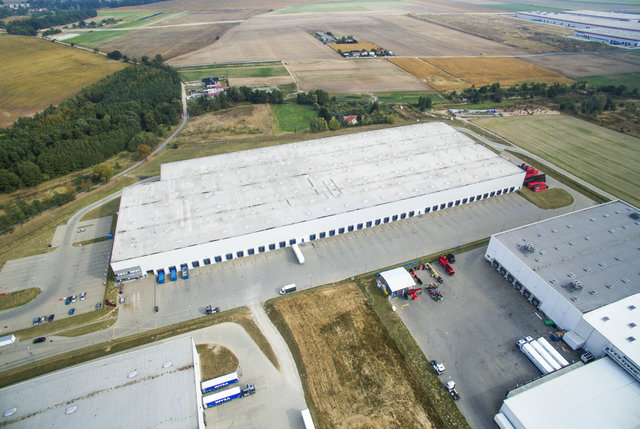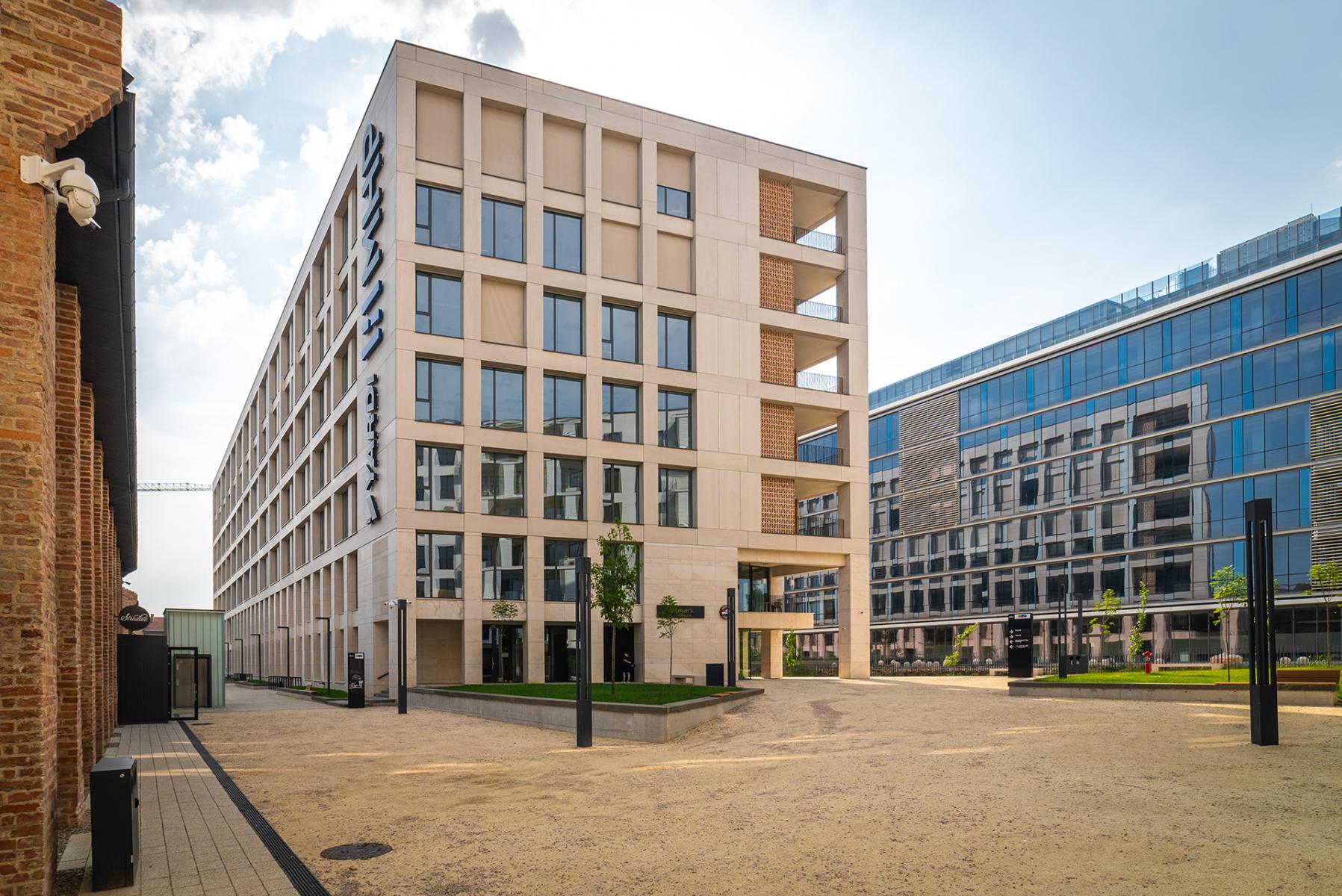UNIQUELY UGLY BUILDINGS SPARED THE WRECKING BALL
Even the hardest-headed developer can cotton on as to why they're not going to get away with tearing Renaissance palaces to pieces: not that this stops some having a go, of course.
However, it was nothing less than mystifying when a plan to bulldoze the 1970s complex that currently houses a Tesco supermarket in Liberec, ran into an outcry on historical grounds.
Overwhelming the town's main square, the collection of monolithic dark grey cubes that makes up the department store only add to the offence with their random skirts of bright yellow iron cladding. Beauty may be only skin deep, but the interior of the Liberec complex is barely any improvement in the practical terms of offering quality retail and services.
The supermarket is destined to miss out on protection from the heritage authorities, as some were pushing for, but the exposure the issue has received may well lead to close scrutiny of the new shopping center for which it will be put to the sword. And rightly so.
Veselin Barliev, Spokesman for Tesco in the Czech Republic claims the fount of the fuss is no more than "the personal ambition of one of the architects that worked on the project originally." News reports on the other hand, suggested that the cause also draws support from a part of the local population and individuals in the Ministry of Culture.
In public at least, there's been little dialogue - which does little to help anyone grasp what would warrant protection for this, quite frankly, ugly and imposing building. But the question extends to other aesthetically-challenged sites, like housing estates and steelworks, that are also shielded from the wrecking ball.
The task of the Research Center for Industrial Heritage at the Czech Technical University is to define more objective criteria for the protection of industrial and technical sites, says director Benjamin Fragner. "Often it's a case of the contribution of the technology in the building, or the founder of the building, or the company that used it," he explains.
"The Tesco supermarket in Liberec tackles a very sensitive point in the whole approach to conservation," states Josef Stulc, director of the National Institute for the Protection of Monuments. He's happy that the Czech Republic makes no stipulation of age before a monument can be protected, unlike some countries in Europe.
The complex in Liberec, he says, was built during a "deep depression" in Czech architecture, when individual projects were sacrificed to communist policy. The work of significant architects is hard to find he claims, and the Tesco store, designed by a team from the SIAL studio, and led by founder Karel Hubacek, is one of these rarities.
"At the time it was built it was really something quite special … and has been used as an example of good architecture for many years" reports Karel Kom&rek, secretary-general of the Czech Commission Unesco. However, his personal opinion is that this approach may now be questionable, and he admits surprise at the issue.
Stulc adds that value of the existing building is only half the story; for him the proposed new shopping center is inappropriate for the location. Fragner says that the complex has been neglected for years and could be refurbished.
Certainly not lacking attention in recent times, the former Federal Parliament building at the bottom of Vinohrada is unpopular with just about everyone, including Stulc and Fragner, although both admire the composition of its addition to the old stock exchange. Stulc says that again, it is the scarcity of "original and creative architecture" from the 1970s that gives the building value, despite the ruthless clash with the "nobility of the National Museum".
For Fragner, the original trading house is worth saving, while any new development would prove "destructive and dominating". Regreting that one of the Czech government chambers did not move in, Stulc sees limited options for a new use once Radio Free Europe vacates. Fragner concurs that occasionally heritage protection can stifle conservation by holding back investment, but that goes hand-in-hand with the philosophy of investors: "It's not necessary to automatically demolish older buildings. It's usually better to use them for a new purpose."
The power of such symbols from the country's recent history for Stulc and Fragner's generation is evident. Havirov was built to house the miners of the Ostrava region in the 1950s. The scale of the town's urban spaces is "on a more human level," says Fragner, "which is strange somehow, because it was built in not very human times".
"A very typical example of socialist-realist architecture," Stulc calls it. "Like the 'totalitarian architecture' of Nazi Germany, not all of this is bad architecture".
"It's important for the development of the theory of architecture and urban design," says Fragner, calling the town a "very important historical document".
Another of Fragner's basic criteria for the call to protect industrial sites, places them in the context of the locality: how the site has shaped the city, landscape or society around it. Vitkovice steelworks in Ostrava certainly played its part in the city's development; Fragner claims it was "important for the urban development of the region, and in fact the whole of Europe," but he says there's more to it.
This status for an old industrial facility might appear "crazy" but Vitkovice is an important historical document, he laughs. "It's very rare to find the whole production line in one place as at Vitkovice. It's an early example of the technology and the site is very authentic: you can see how it was 50 years ago."
"The scale of values is changing the whole time. What we found horrible say 10 or 15 years ago - Havirov for example - we now feel has something to it," remarks Stulc.
Fragner makes the same point, comparing the current climate of change with that of a century ago, when he says, much of the gothic and renaissance architecture of Prague's old town was pulled down. "Mal& Strana survived though, and how valuable are those buildings now?" he asks.







 2021-08-10
2021-08-10
 2021-08-10
2021-08-10